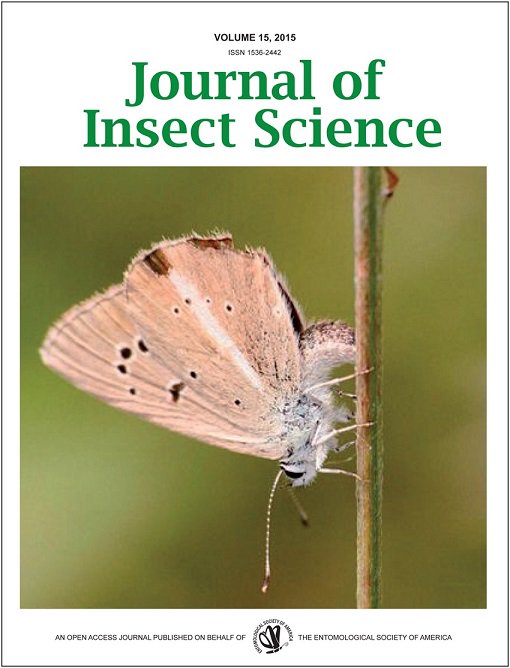Toxoneuron nigriceps Viereck (Hymenoptera: Braconidae), a koinobiont endoparasitoid of the tobacco budworm, Heliothis virescens F. (Lepidoptera: Noctuidae), derives nutrition from the host hemolymph during the internal portion of its larval development but feeds destructively on host tissues externally after egression. To investigate the importance of this tissue-feeding phase, and to evaluate the behaviors associated with postegression feeding, T. nigriceps larvae were subjected to one of four treatments: 1) allowed to carry out normal tissue feeding, 2) deprived of tissue feeding, 3) presented with tissues scraped away from the host remains, and 4) fed tissues scraped from an unparasitized H. virescens larva. Additionally, total carbohydrates, lipids, and proteins were quantified from pre and posttissue feeding T. nigriceps larvae to examine the effect of postegression feeding on parasitoid nutritional physiology. Parasitoids that received no tissues after egression, or that received tissue from an unparasitized H. virescens larva, had significantly smaller body masses at all stages than those allowed to feed naturally or fed tissues scraped from a parasitized host. Parasitoids that underwent normal host feeding after egression also reached larger masses then those fed scraped host tissue. Parasitoids that received no tissue after egression survived to adulthood significantly less often than those that were presented with any H. virescens tissue. This suggests that postegression tissue feeding is a vital developmental step for T. nigriceps, and that T. nigriceps will not only feed when normal postegression behavior is disrupted, but will also feed on unparasitized tissue. The quantification of macronutrients in the tissues of pre and posttissue feeding T. nigriceps larvae showed significantly elevated proportions of proteins, lipids, and carbohydrates in the tissues of larvae that had completed feeding, with the greatest difference being in total lipids.
How to translate text using browser tools
1 January 2015
Postegression Feeding Enhances Growth, Survival, and Nutrient Acquisition in the Endoparasitoid Toxoneuron nigriceps (Hymenoptera: Braconidae)
R. E. Henderson,
I. Kuriachan,
S. B. Vinson

Journal of Insect Science
Vol. 15 • No. 1
Jan 2015
Vol. 15 • No. 1
Jan 2015
feeding behavior
Hymenoptera
insect rearing
nutrition
parasitoid




